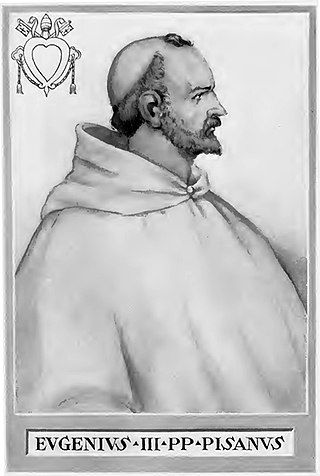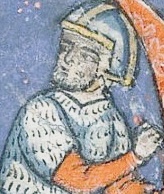The 1160s was a decade of the Julian Calendar which began on January 1, 1160, and ended on December 31, 1169.
The 1070s was a decade of the Julian Calendar which began on January 1, 1070, and ended on December 31, 1079.
The 1170s was a decade of the Julian Calendar which began on January 1, 1170, and ended on December 31, 1179.
The 1100s was a decade of the Julian Calendar which began on January 1, 1100, and ended on December 31, 1109.

Year 1078 (MLXXVIII) was a common year starting on Monday of the Julian calendar.
The 1120s was a decade of the Julian Calendar which began on January 1, 1120, and ended on December 31, 1129.
The 1130s was a decade of the Julian Calendar which began on January 1, 1130, and ended on December 31, 1139.
The 1110s was a decade of the Julian Calendar which began on January 1, 1110, and ended on December 31, 1119.
The 1080s was a decade of the Julian Calendar which began on January 1, 1080, and ended on December 31, 1089.
Year 1118 (MCXVIII) was a common year starting on Tuesday of the Julian calendar.

Year 1121 (MCXXI) was a common year starting on Saturday of the Julian calendar.

Year 1125 (MCXXV) was a common year starting on Thursday of the Julian calendar.

Year 1110 (MCX) was a common year starting on Saturday of the Julian calendar.

Year 1101 (MCI) was a common year starting on Tuesday of the Julian calendar. It was the 2nd year of the 1100s decade, and the 1st year of the 12th century.

Year 1131 (MCXXXI) was a common year starting on Thursday of the Julian calendar.

Year 1132 (MCXXXII) was a leap year starting on Friday of the Julian calendar.

Year 1134 (MCXXXIV) was a common year starting on Monday of the Julian calendar.

Year 1145 (MCXLV) was a common year starting on Monday of the Julian calendar.

Year 1150 (MCL) was a common year starting on Sunday of the Julian calendar.
The 1020s was a decade of the Julian Calendar which began on January 1, 1020, and ended on December 31, 1029.










